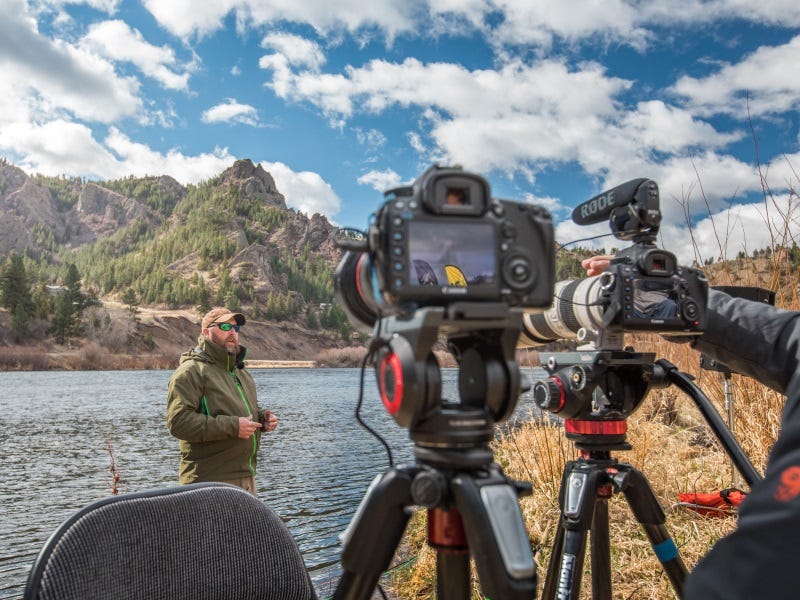Spey Tips Video Series #3: Swinging Softies with G Loomis’ Tom Larimer


When it comes to swinging flies, we usually think streamers, streamers and more streamers. And there’s good reason for that mentality—the trout spey rig is an undeniably great tool for presenting streamers. But, that rig presents all types of flies almost equally well, and one it excels at is soft-hackled wets, which swim just under the surface and absolutely destroy trout, especially with caddis present.
Some of my most memorable days of trout spey transpired on Montana’s Missouri River during spring. Fishing soft-hackles over shallow flats and drop-offs for active trout chasing caddis pupa was as fun as it gets. Fishing soft-hackles and wets is like streamer fishing with a delicate touch; it’s a pleasurable finesse game made even better with a light trout spey outfit.
Fishing softies is where the two-to four-weight rods really shine and casting a nearly weightless fly on a long, delicate leader is a joy in itself. The key to all systems is balance. In this video, G Loomis’ Tom Larimer puts together his soft-hackle system with a light four-weight two-hander, an integrated line, and a custom tapered leader. If you plan to fish trout spey, this is a system you may want to use.
First, some of you may ask, “What does an integrated line mean?” In some ways, manufacturers are reinventing the wheel with integrated lines. For instance, most spey rods are set up with shooting heads of the Skagit or Scandi variety and attached with loops to a much thinner running line. The entire head hangs from the rod tip when a cast is initiated. Many of the newer fly lines take advantage of the shooting head or spey line designs, and building them as complete fly lines. In other words, they are seamless from head to thinner running line. This provides the best of both worlds when casting distances are not extreme. With an integrated line, you don’t worry about the transition knots from head to running line catching in your guides and causing light tippets to break. The short aggressive Scandi style tapers available today are also easy and fun to cast. Perfect for the soft-hackle game.
Setting up a soft-hackle leader is easy. Larimer starts with a standard 9-foot 1X packaged leader. He adds a tippet ring and finishes it with up to three feet of lighter tippet. Tippet changes can be made without changing the length of the leader. If a second fly is desired, the ring is ready for a short dropper.
If you don’t already have a light trout spey setup in your quiver, you’ll want one. If you take the plunge, you’re sure to taste success if you set it up just like Larimer shows you here.
—Intro By Fred Telleen
Did you catch Spey Tips Video Series #2: Zach Williams Shows Us How To Swing Flies For Trout?
